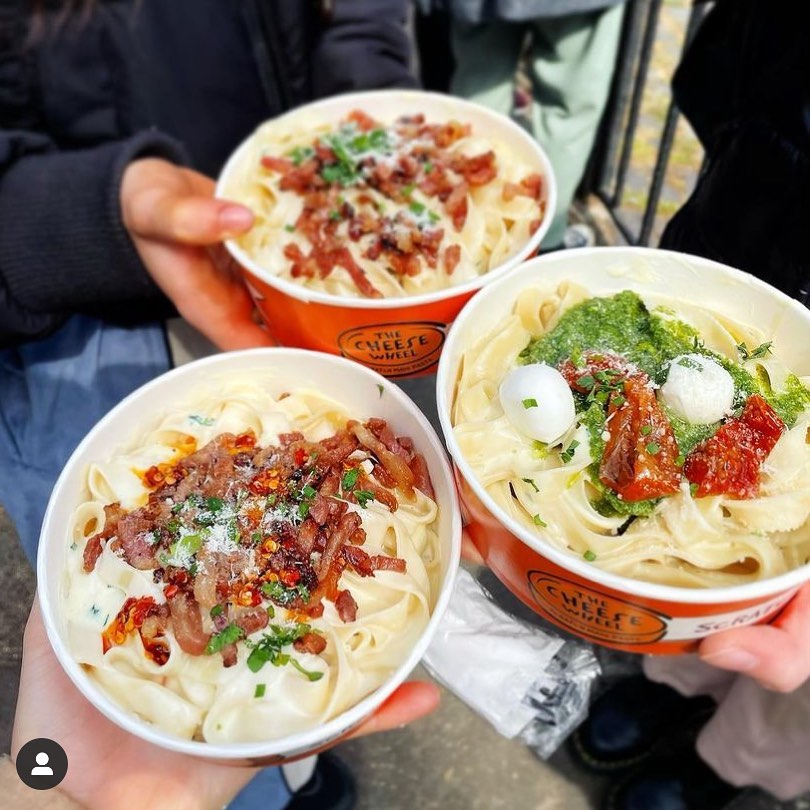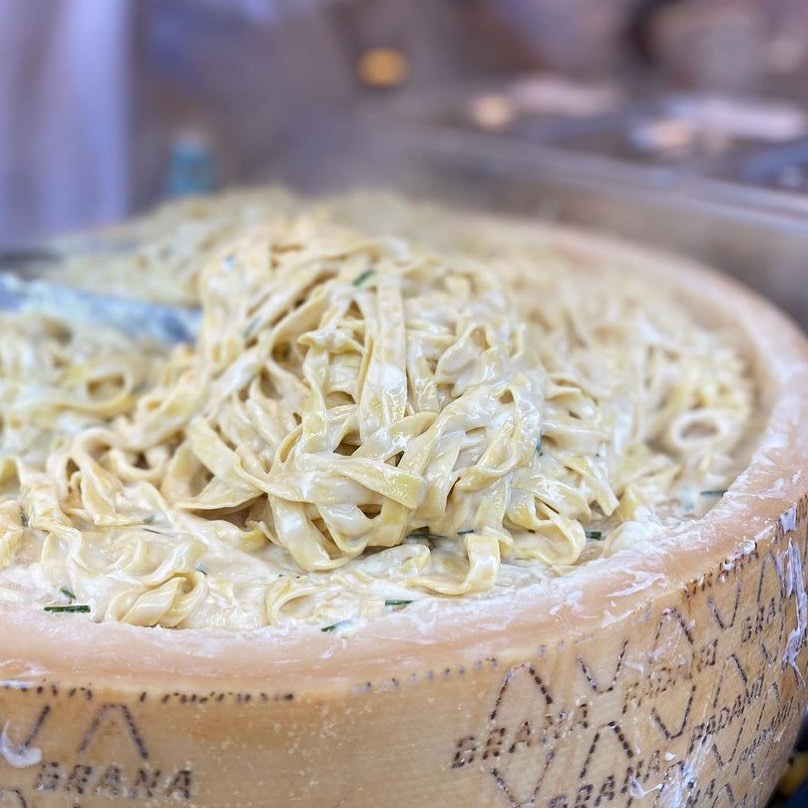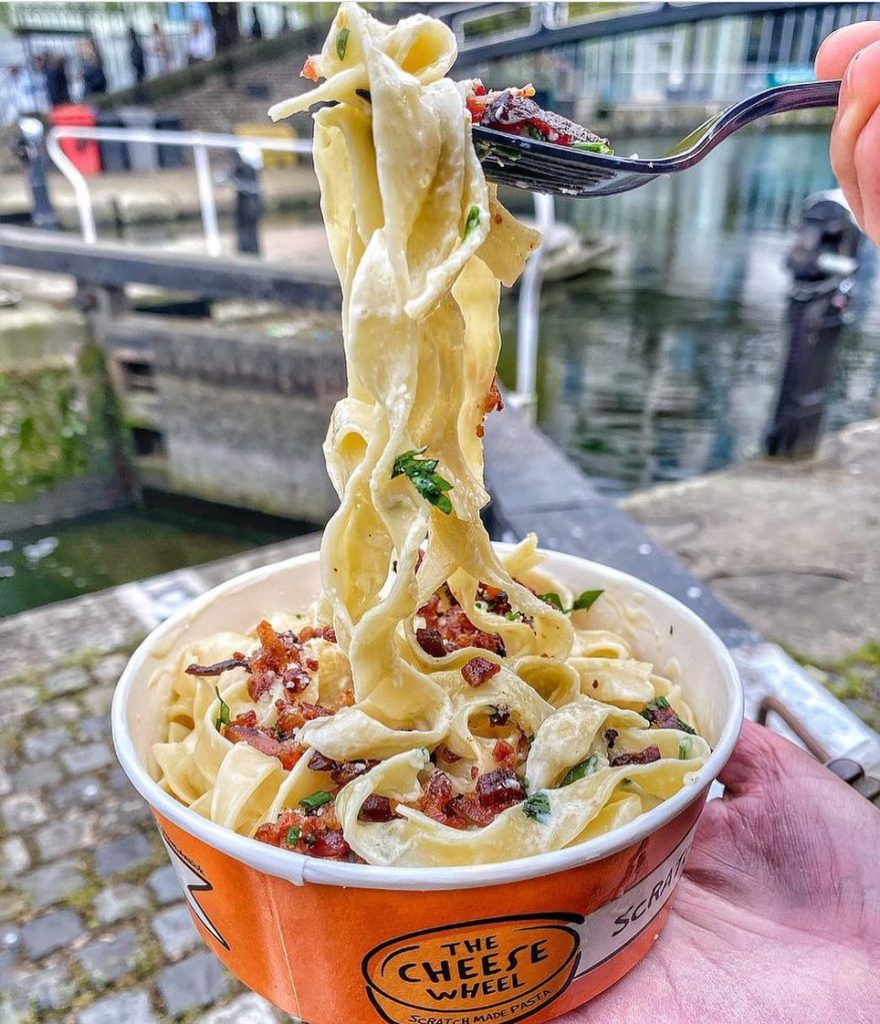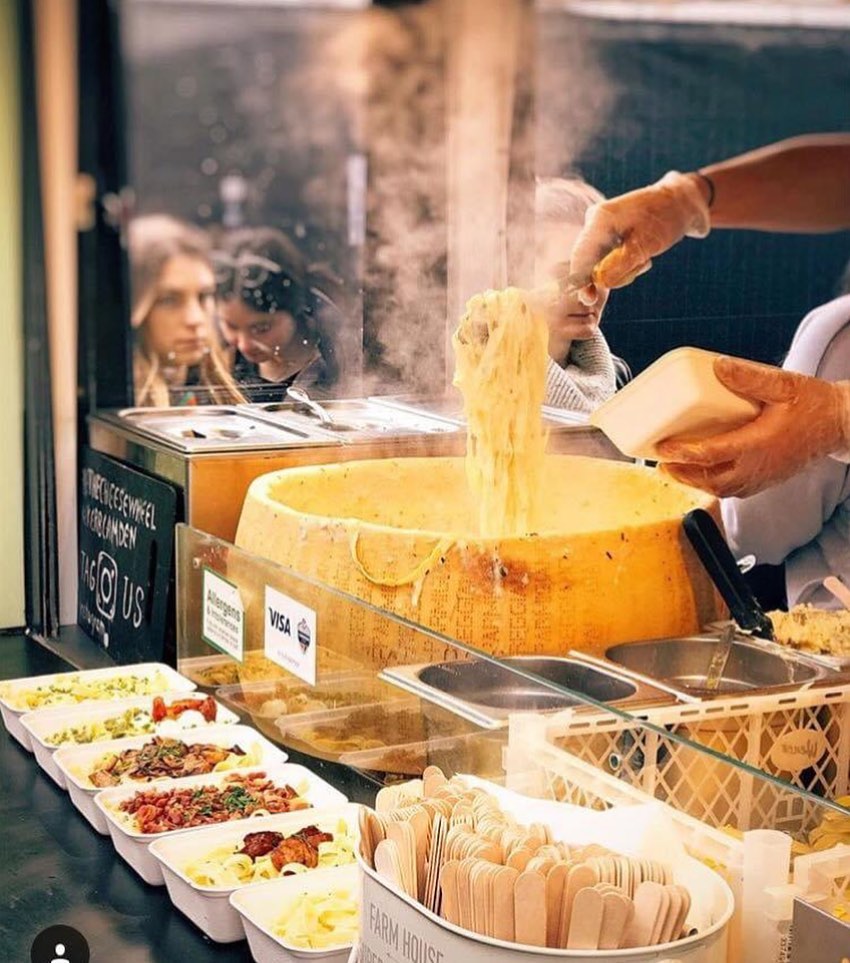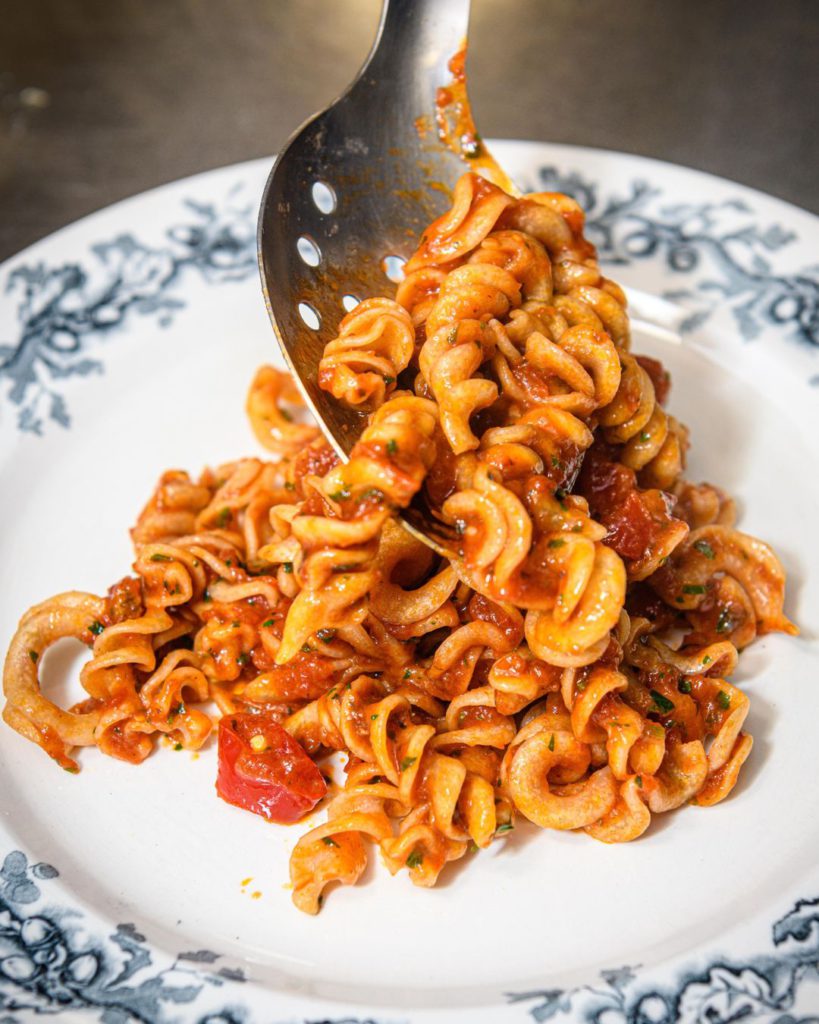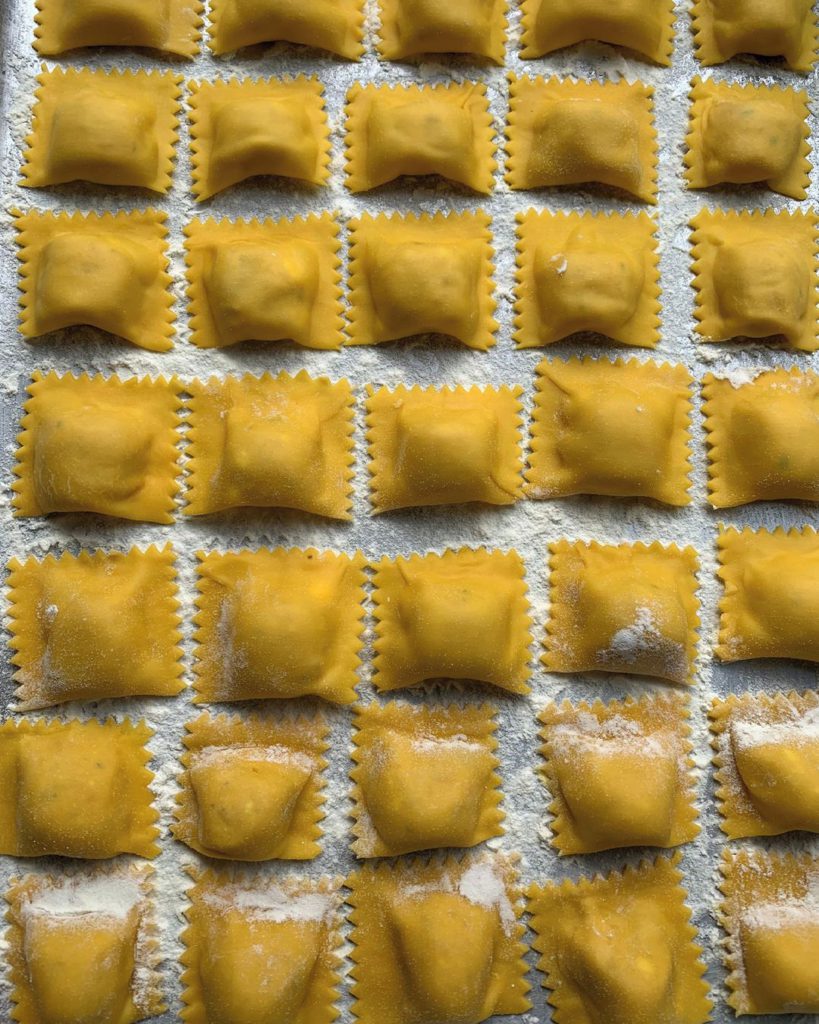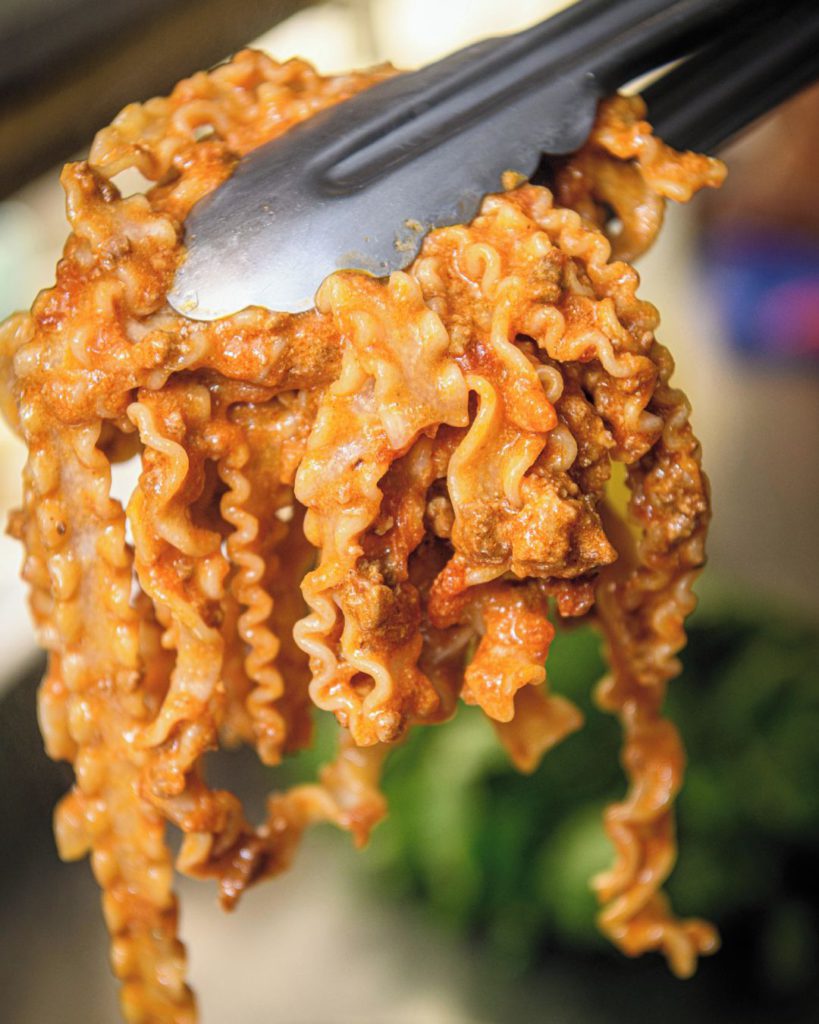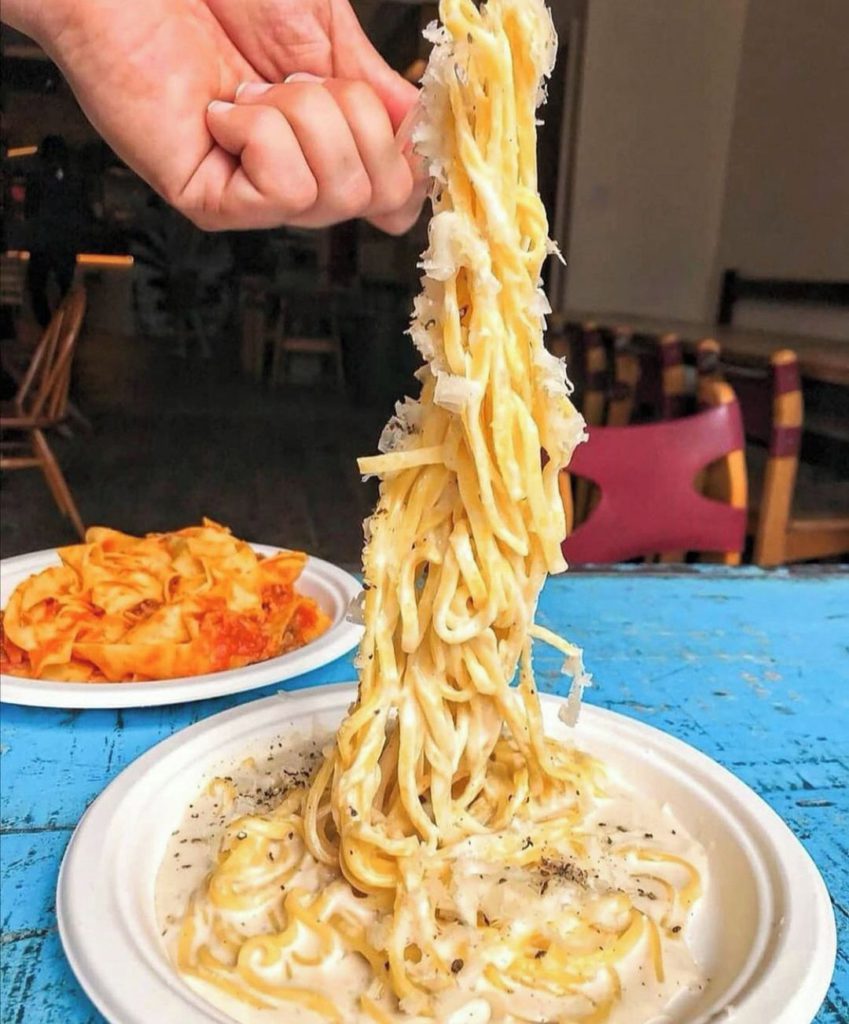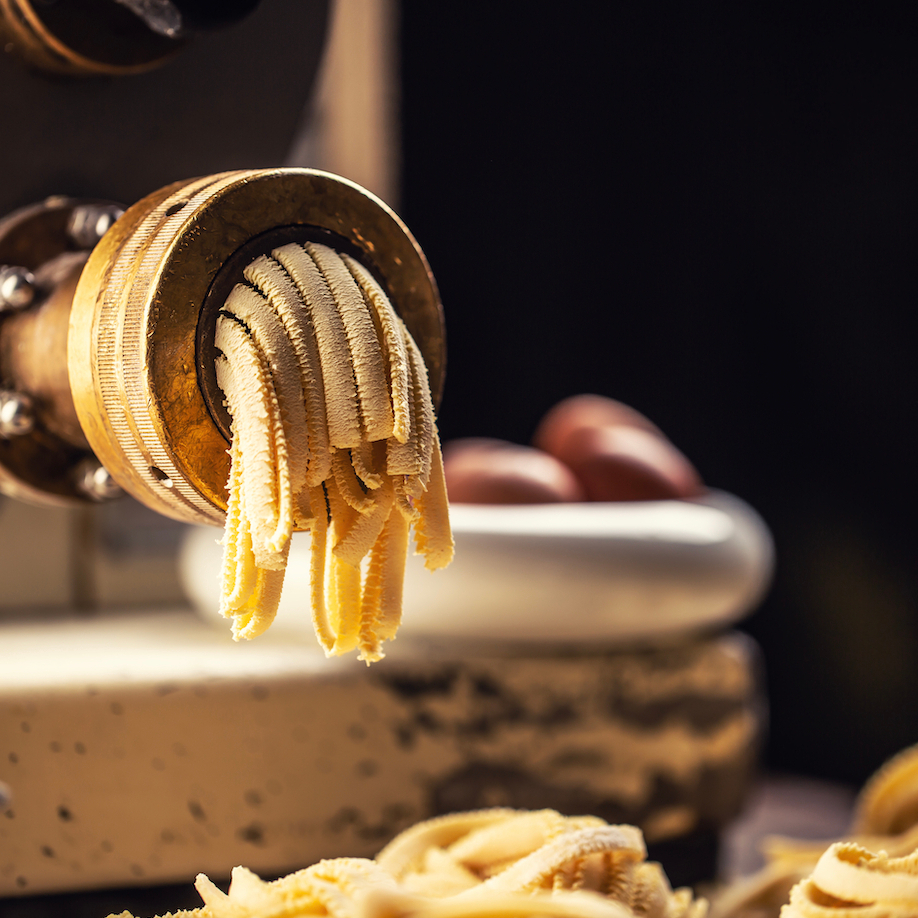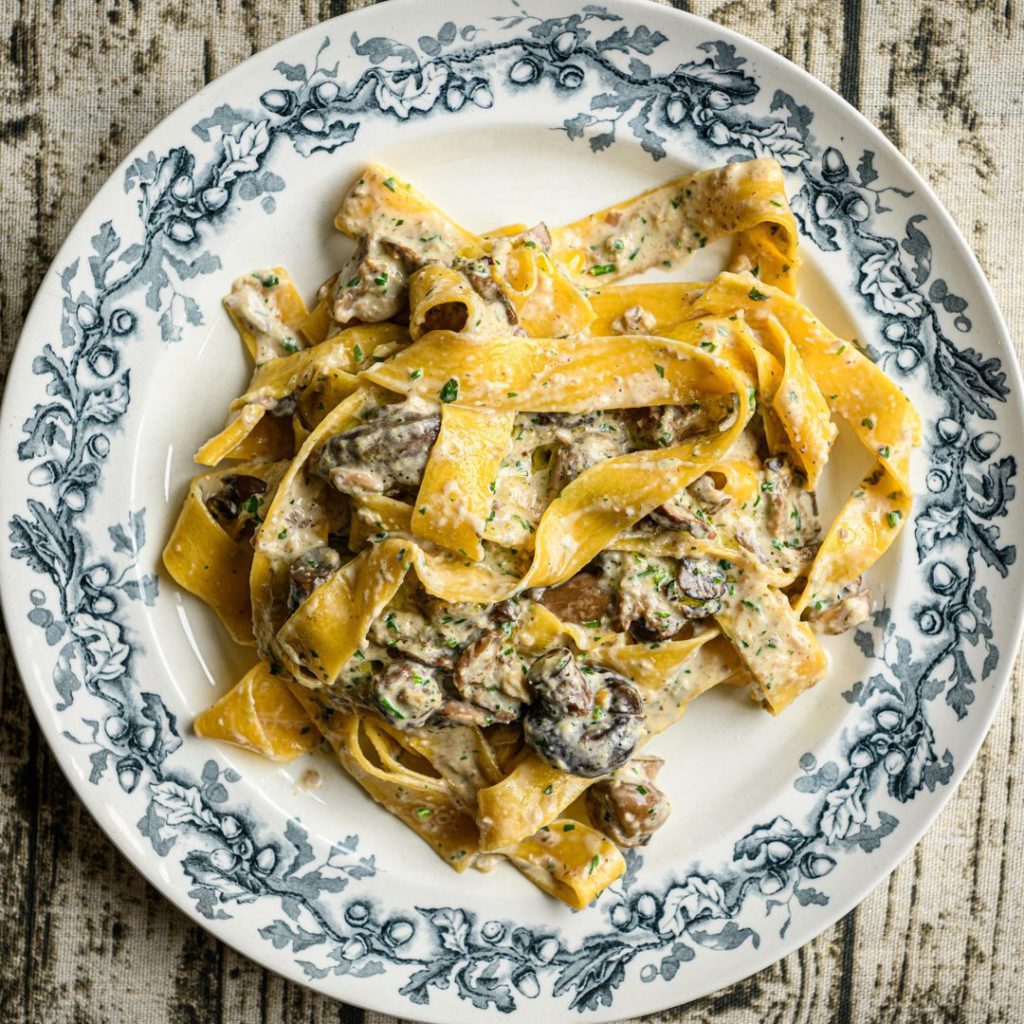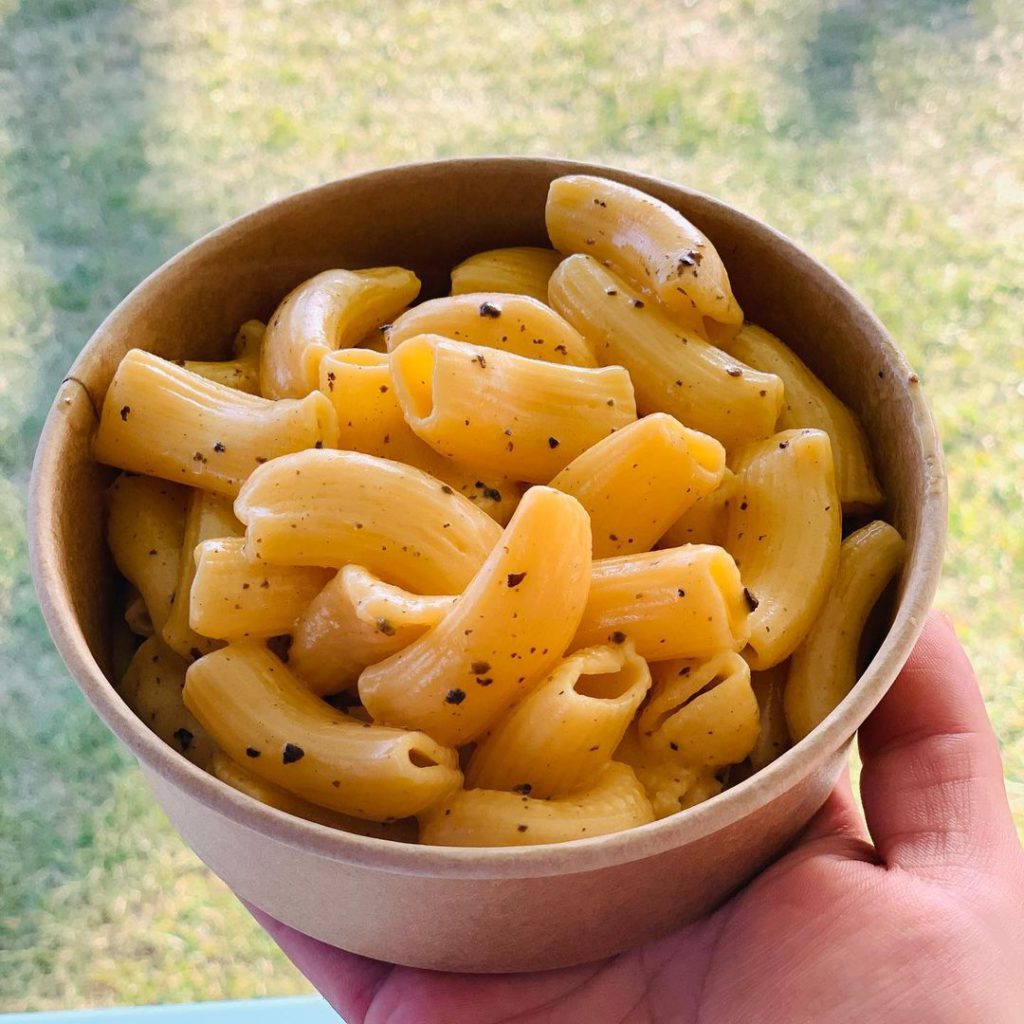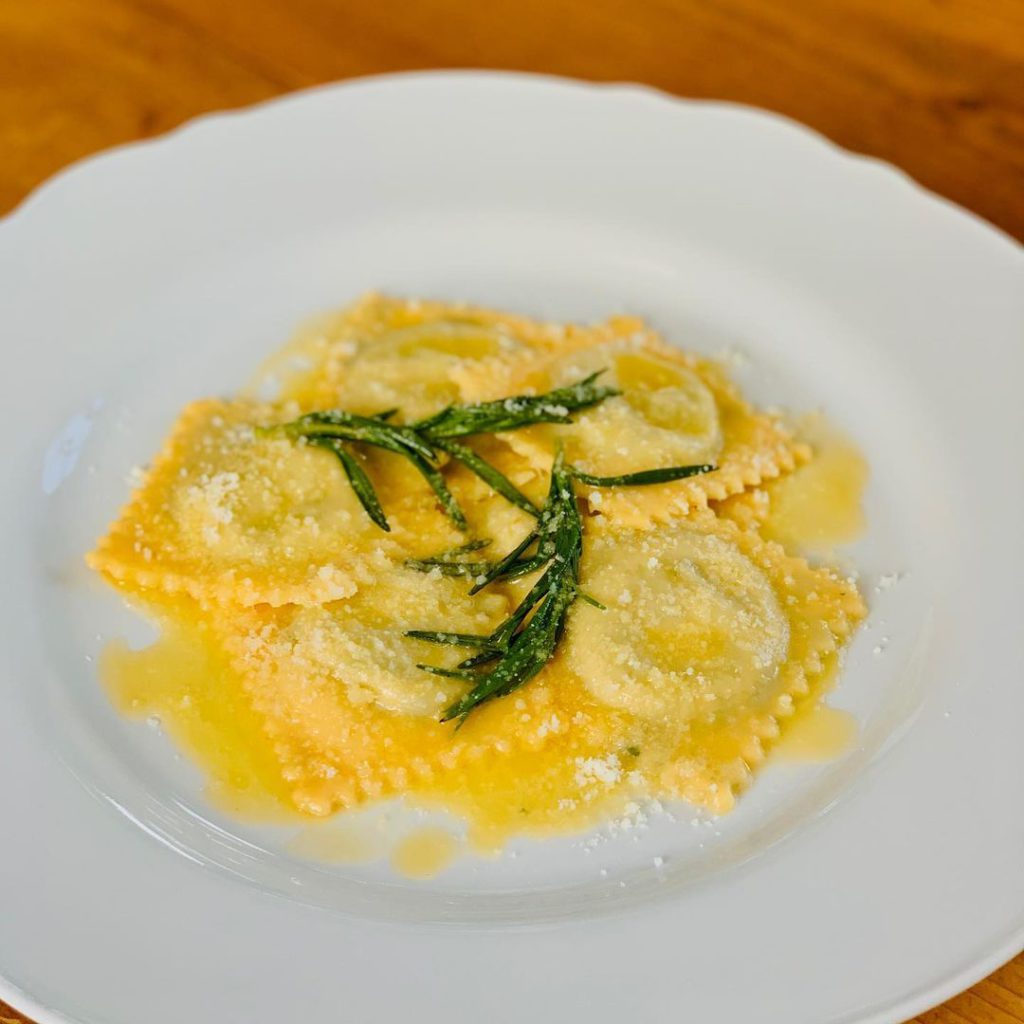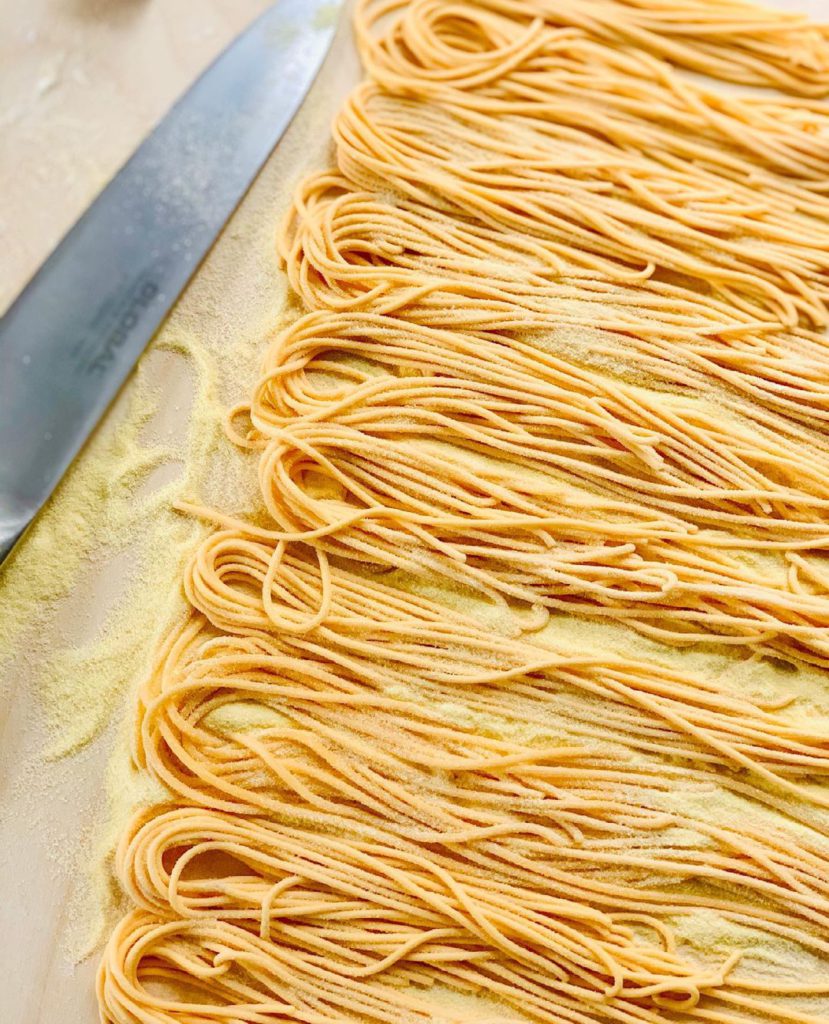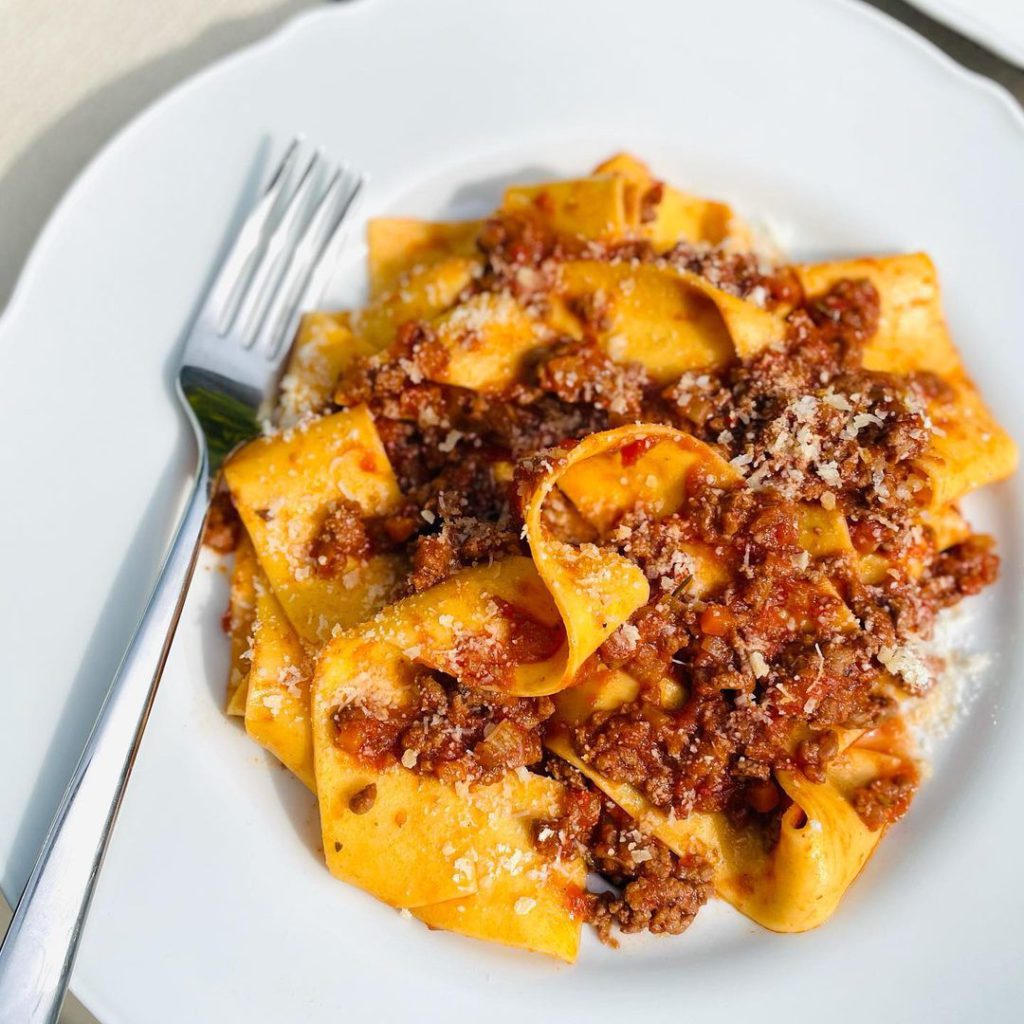World Pasta Day. As if we need an excuse to celebrate one of the world’s most beloved food staples! First established in 1995 in Rome by the World Pasta Congress (yes, really), the event included the participation of delegates from a number of countries, who shared their experience and knowledge in hopes of educating others about the staple’s many merits. The day, held each year on the 25th of October, is intended to promote the eating of pasta as well as to build an awareness of its cultural and culinary importance.
From creamy mac ‘n’ cheese and fresh ravioli, gnocchi and lasagne, to classic spaghetti Bolognese and slow-cooked ragu, pasta is undoubtedly a global favourite – but nowhere else does pasta enjoy the level of prestige that it does in its home nation, Italy.
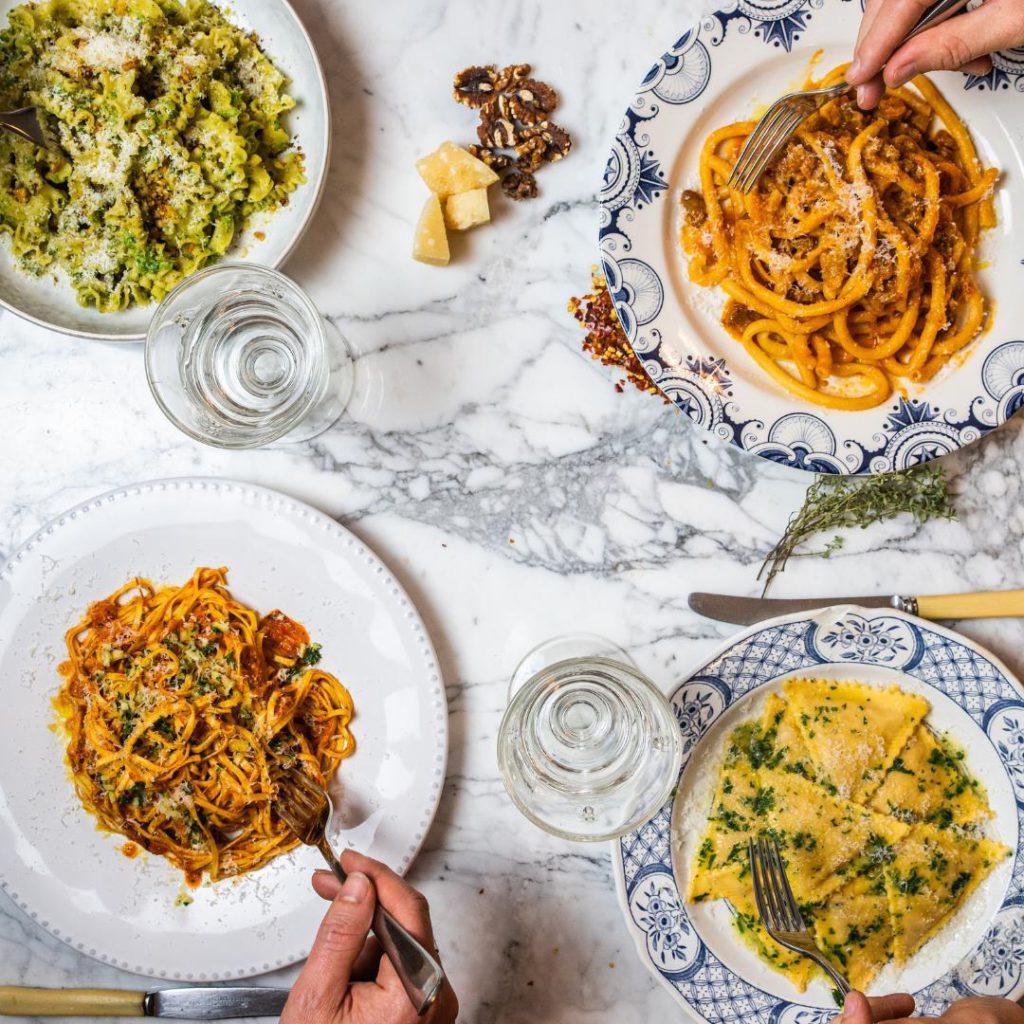
Courtesy of Nonna Tonda 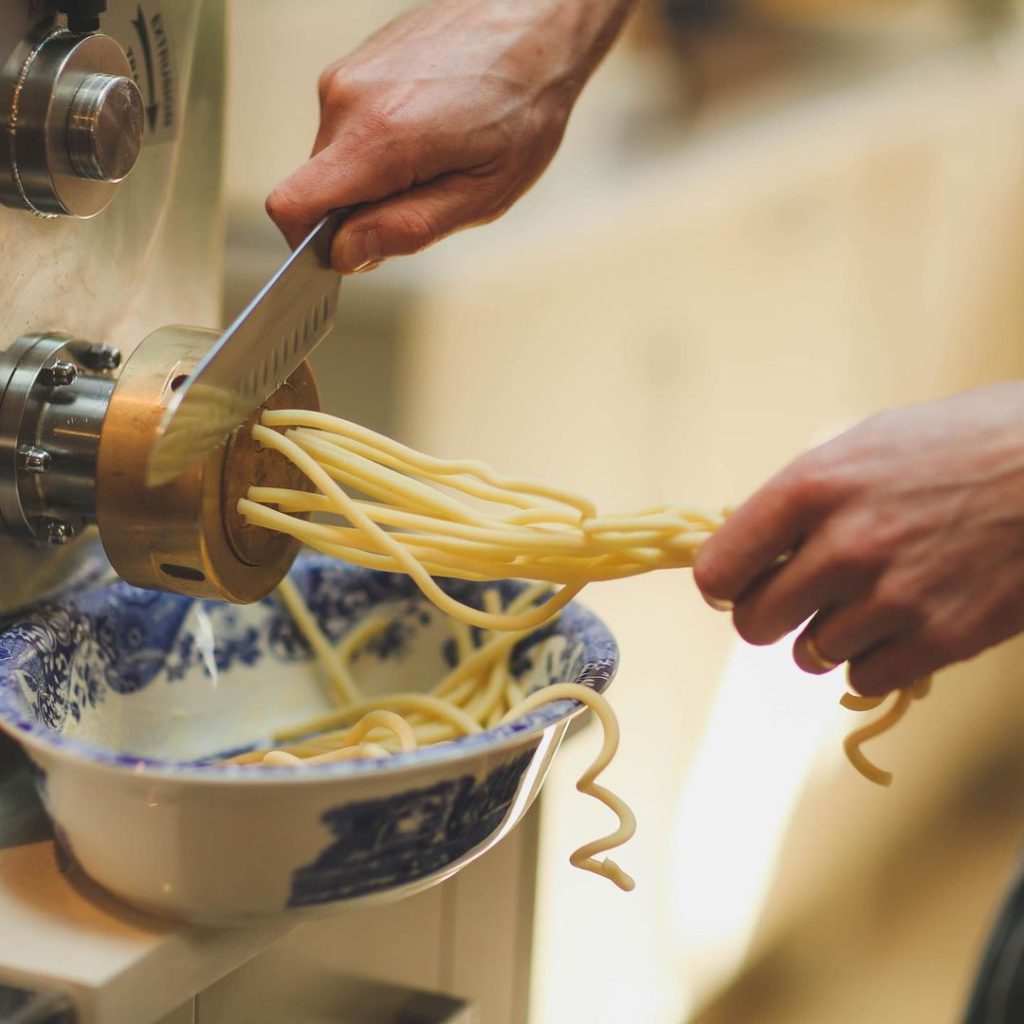
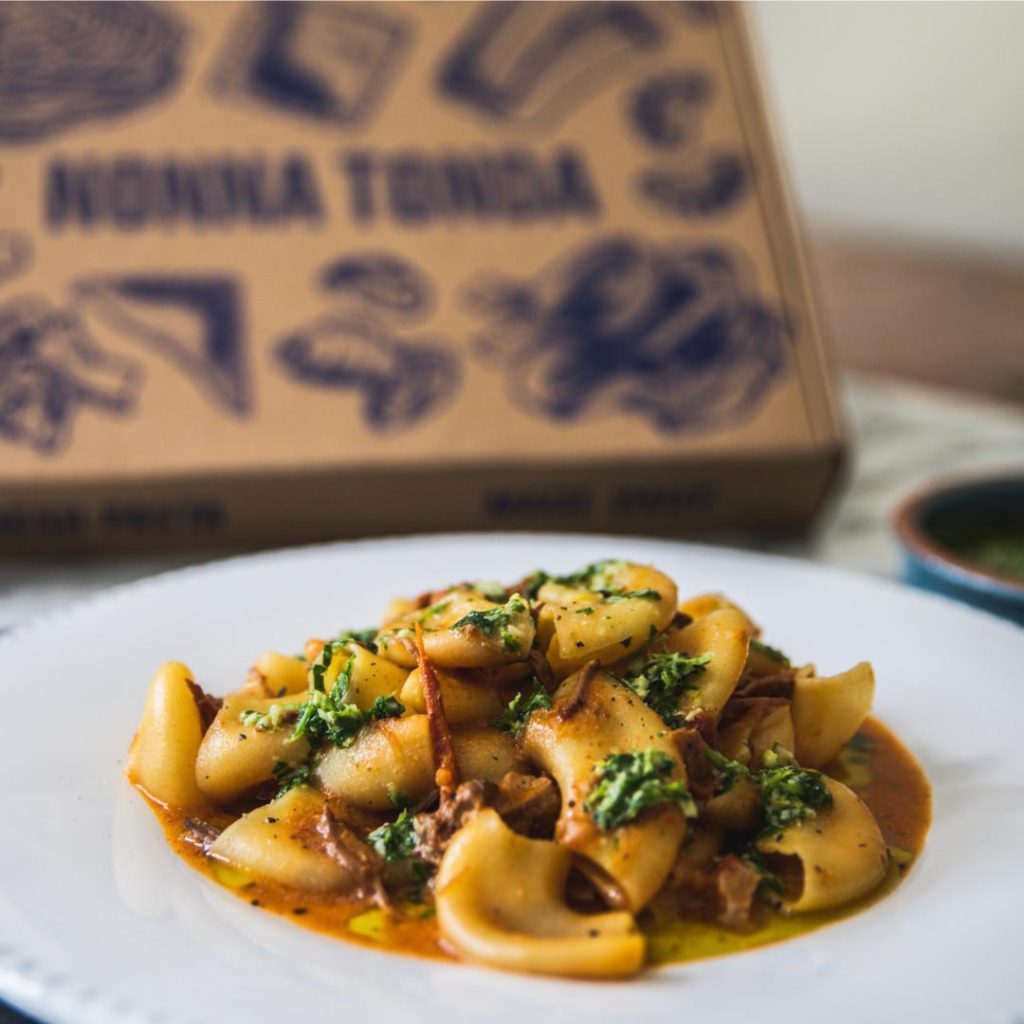
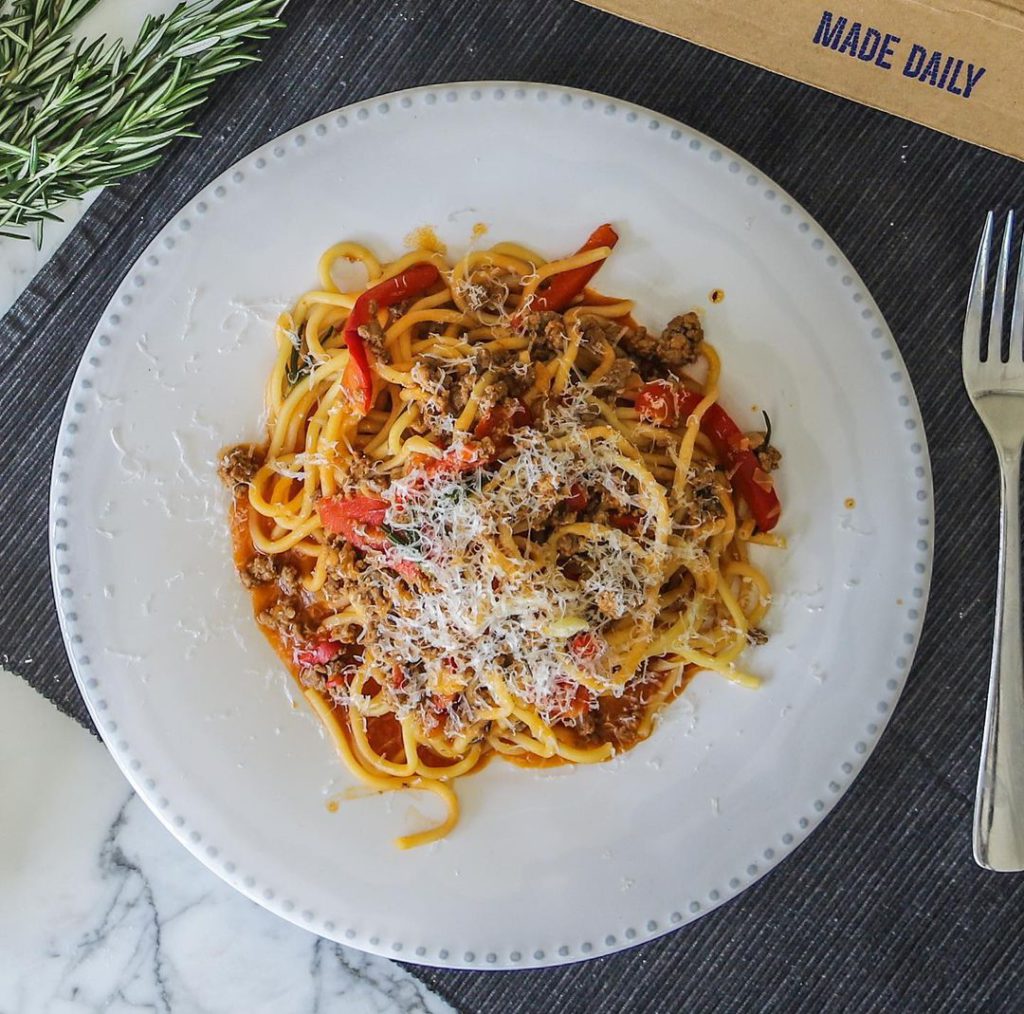
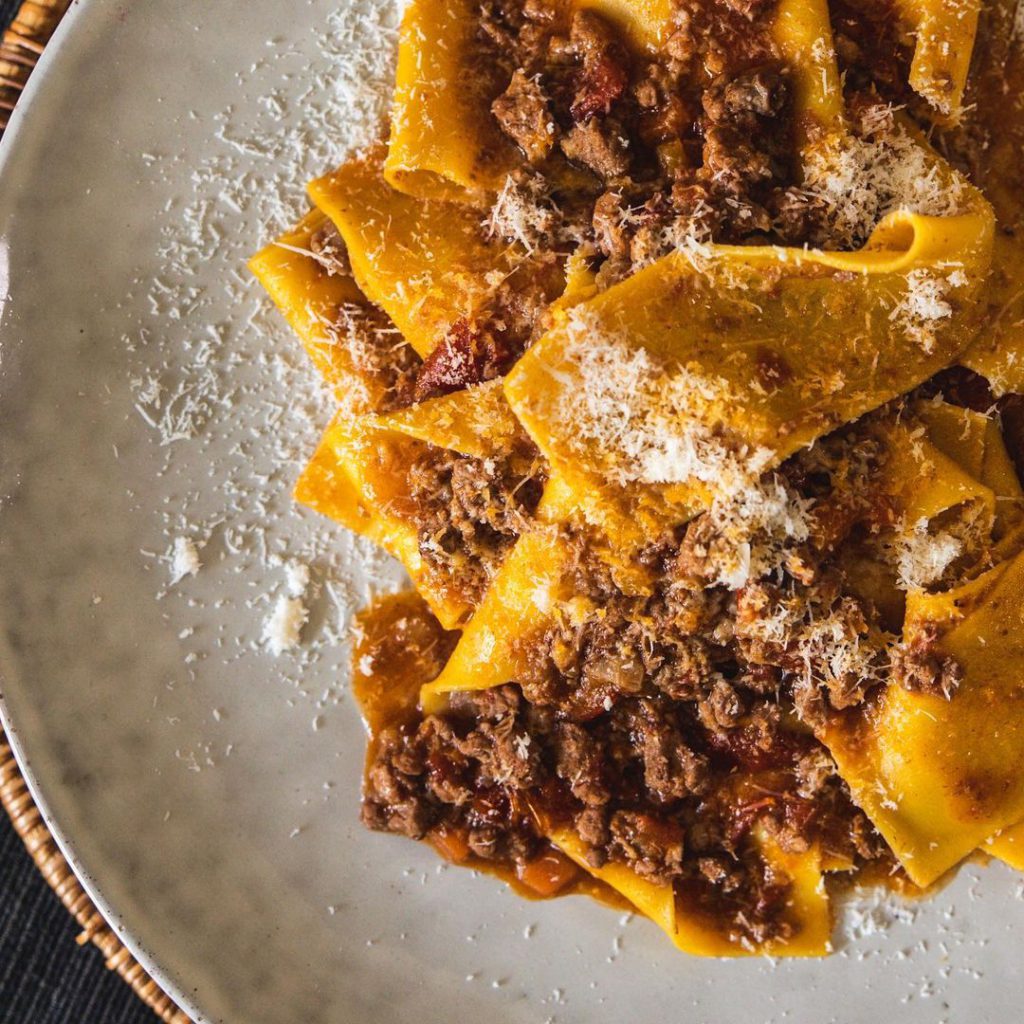
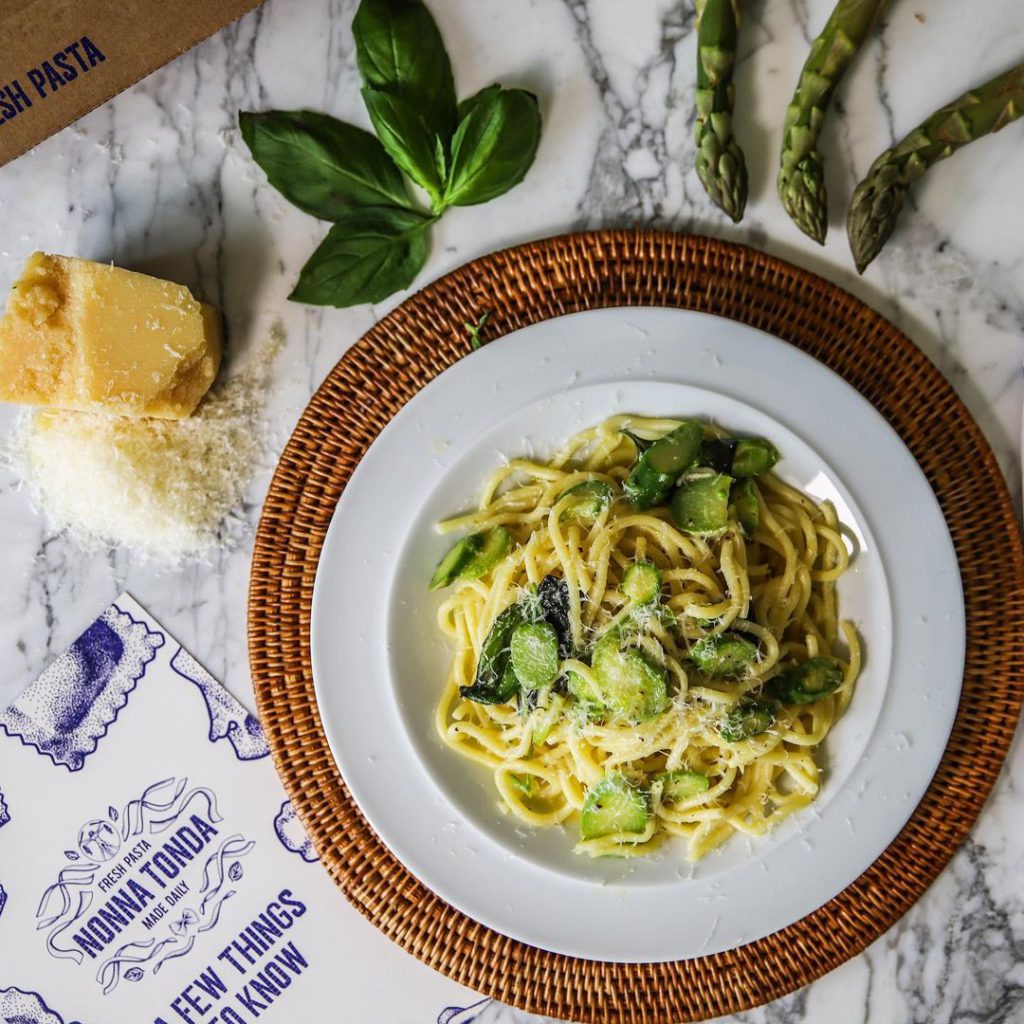
A foundation of Italian cuisine, pastas are divided into two broad categories: dried (secca) and fresh (fresca). Both come in a huge number of different shapes and varieties, with an estimated 350 specific forms that are in turn known by over 1300 documented names. Then, these pastas will usually be cooked in one of three ways: first and most prominent is pasta asciutta, which is pasta served with a complementary sauce or condiment; then there is pasta in brodo, which is served as part of a soup-type dish, for example minestrone; and lastly, pasta al forno, which means the pasta is incorporated in a dish that’s subsequently baked in an oven.
With all that in mind, one of the less talked about differences lies between Northern Italian and Southern Italian pastas. For a relatively compact country, there are some very significant variations in regional cuisines, owing to different climates and external influences, and to the fact Italy was not unified until the 19th Century. Regions therefore had sophisticated, complex cuisines that were relatively insular – at least, compared to what contemporary Italian food looks like.
This legacy is still obvious today. Southern cooking often features the bright, lively tastes associated with Mediterranean dishes, with hot peppers, aubergines, tomatoes, lots of fresh herbs and olive oil, and seafood. In the North, thanks to the mountainous terrain and its proximity to France, Austria, and Switzerland, their cuisine favours warming, butter-based sauces and hearty dishes with plenty of meat.
The pasta itself also differs in preparation. Pasta in the North is often made with soft wheat flour (a.k.a. all-purpose flour, or ‘00’ flour), which is relatively low in protein. The addition of egg is therefore necessary to bind the dough – they are largely favoured in regions like Piedmont, Lombardy, and Veneto. The longer winters and wetter climates of the North also mean that drying pasta is more difficult, hence the favouring of fresh pasta. This silky, golden dough is typically pressed through rollers to form classic pasta shapes like tagliatelle or lasagne.
In the South, pasta is usually made with durum wheat semolina and water – first produced in the area around Gragnano in Campania (made famous for macaroni), and popular in Basilicata, Sicily, and Puglia – rather than egg. Durum wheat flour only grows in central and South Italy and is much higher in protein than soft wheat flour, so egg is not needed. The warmer climates of the South are also more reliable and make it easier to dry pasta. These pastas will traditionally be fed through bronze dies which provide the final product with a signature, coarse texture, which grants the pasta its capacity to hold onto much more sauce than its Northern counterparts.
All pastas are delicious and perfect for different occasions, and lend themselves to a great number of different dishes and flavour profiles. Which you might prefer is entirely down to personal preference, but we hope that reading this has provided you with a little more context and a greater appreciation for the incredible variety of pastas out there. Now, go enjoy World Pasta Day!
Celebrate World Pasta Day and search for independent pasta restaurants and sellers near you, via Hawkker.
Featured photo courtesy of Jorge Zapata.

